
Best University Management System in Python & Django
University Management System in Python
A simple project on University Management System (ERP) has been developed using Django and PostgreSQL to showcase how modern universities can efficiently manage their wide range of operations under one integrated platform. This ERP system provides a full-featured solution that covers everything from student enrollment to faculty management, research activities, library handling, finance, and academic records.
The primary objective of this project is to create a centralized and structured application that minimizes manual effort, reduces errors, and ensures transparency in university operations. Students can manage their academic records, course registrations, library usage, and fee payments, while faculty members can handle teaching schedules, student assessments, and research tracking. Administrators and staff gain complete control over institutional data, including departments, programs, examinations, payroll, and financial management.
Built with Django’s powerful framework and PostgreSQL’s secure database management, the project emphasizes data accuracy, user authentication, and system scalability. It demonstrates how ERP solutions bring together multiple stakeholders—students, faculty, administrators, and staff—into a single, well-structured digital environment.
For students, this project provides valuable hands-on learning in enterprise-level application development, database structuring, and role-based access control. For educational institutions, it serves as a practical prototype that highlights the importance of ERP systems in improving academic and administrative efficiency.
By ensuring smooth interaction, accurate records, and secure management, this project stands as a comprehensive example of how technology can transform higher education operations.
Best Final Year Project For Data Science :–Click Here
Project Overview
| Project Name | University Management System (ERP) |
|---|---|
| Language/s Used | Python (Django Framework) |
| Database | PostgreSQL (recommended), MySQL, SQLite |
| Type | Web Application |
Best Advanced Python Projects:-Click Here
Available Features
The University ERP Project includes a wide range of comprehensive modules, each carefully developed to handle a major area of university operations. These features ensure that all academic, administrative, research, and financial activities are streamlined within a single system. Below is a detailed explanation of the available features:
1. User Management
- Multi-role Authentication: The system is built to support multiple roles including Students, Faculty, Administrators, Deans, Heads of Departments (HODs), and University Staff. Each role is assigned a unique dashboard and permissions.
- Custom User Model: Instead of using Django’s default user, this project extends it with university-specific fields such as student ID, faculty designation, and staff details.
- Role-based Access Control: Security and efficiency are achieved by ensuring that every user has only the access necessary for their role. For example, students can only access their courses and grades, while faculty members can view teaching assignments and submit marks.
- Profile Management: Each user maintains a complete profile with photographs, contact details, and other academic or professional information.
2. Academic Structure
- Faculty Management: Universities can be divided into multiple faculties such as Science, Arts, Engineering, and Commerce. Each faculty operates as a distinct academic unit.
- Department Management: Departments under faculties (e.g., Computer Science, Physics, Economics) can be created and managed, with HODs assigned for oversight.
- Programme Management: Supports different levels of study including Bachelor’s, Master’s, PhD, Diploma, and Certificate programs.
- Course Management: Each course can be defined with prerequisites, credit hours, and its level (undergraduate or postgraduate). This helps in structured curriculum planning.
3. Student Management
- Student Registration: Admin can register new students and store all essential academic and personal details.
- Enrollment System: Tracks semester-based enrollments, including the courses each student is currently pursuing.
- Academic Progress: Automatically calculates GPA and monitors credit hour completion throughout the student’s academic journey.
- Student Status: The system records whether a student is active, graduated, suspended, or deferred.
- Guardian Information: Stores next-of-kin details and emergency contacts for better student support and security.
4. Faculty Management
- Academic Ranks: Supports assigning faculty positions such as Professor, Lecturer, Senior Lecturer, or Assistant Professor.
- Employment Types: Faculty members can be permanent, contractual, part-time, or visiting staff.
- Professional Profiles: Stores qualifications, research areas, teaching interests, and publications for each faculty member.
- Teaching Assignments: Courses and timetables can be allocated to faculty members based on expertise and availability.
5. Academic Operations
- Timetable Management: Automates course scheduling with specific venues, days, and time slots.
- Attendance Tracking: Digital attendance system records multiple statuses like present, absent, or late.
- Examination System: Manages exam scheduling, invigilation duties, and venue bookings.
- Grading System: Handles grade entry, GPA calculation, and grade reports.
- Academic Calendar: Tracks academic years, semesters, holidays, and exam dates.
6. Research Management
- Research Projects: Tracks undergraduate theses, postgraduate dissertations, and faculty-led projects.
- Collaboration Tracking: Records principal investigators, co-investigators, and collaborative institutions.
- Funding Management: Keeps records of research grants, financial support, and expenses.
- Publication Tracking: Stores details of faculty and student publications including journals, conferences, and outcomes.
7. Library Management
- Resource Catalog: Digital listing of books, journals, multimedia, and e-resources.
- Borrowing System: Allows students and staff to check out, return, renew, and reserve resources.
- Digital Resources: Provides access to e-books, online journals, and subscription-based databases.
- Fine Management: Automatically calculates overdue fines or charges for damaged resources.
- Inventory Management: Tracks the availability and movement of all resources in the library.
8. Accommodation Management
- Hostel Management: Handles student housing including male, female, mixed, and family hostels.
- Room Allocation: Assigns rooms based on availability and student requirements.
- Warden Management: Allows administrators to assign wardens and hostel staff for smooth hostel operations.
9. Financial Management
- Fee Structure: Detailed setup of tuition and other university fees by program and year.
- Payment Processing: Supports multiple payment methods including bank transfer, M-Pesa, or online gateways.
- Financial Aid: Manages scholarships, bursaries, and government subsidies.
- Payment Tracking: Generates receipts and updates payment status in real time.
- Fee Reports: Provides detailed reports and analytics of student payments.
10. Communication System
- Notification System: Sends announcements and reminders across the university community.
- Priority Levels: Notifications can be categorized as urgent, high, medium, or low priority.
- Multi-channel Messaging: Messages can be delivered through email, SMS, and in-app notifications.
- Targeted Messaging: Admins can send updates to specific roles (e.g., only students, only faculty, or a particular department).
Download New Real Time Projects :–Click here
Installation Guide (VS Code)
Follow these steps to set up the project in Visual Studio Code:
1. Clone or Download Project
git clone <project-folder>
cd university-management-system
2. Create Virtual Environment
python -m venv venv
Activate it:
- On Windows:
venv\Scripts\activate
- On Linux/Mac:
source venv/bin/activate
3. Install Dependencies
pip install -r requirements.txt
4. Configure Environment
Create a .env file in the root directory:
SECRET_KEY=your-secret-key
DEBUG=True
DATABASE_NAME=university_db
DATABASE_USER=your_db_user
DATABASE_PASSWORD=your_db_password
DATABASE_HOST=localhost
DATABASE_PORT=5432
5. Set Up Database
python manage.py makemigrations
python manage.py migrate
python manage.py createsuperuser
6. Run Development Server
python manage.py runserver
Open your browser at: http://127.0.0.1:8000
Best Final Year Project For Python :- Click Here
Usage
The system is designed for multiple roles. Each role has its own dashboard and access level:
- Admin: Full access to all modules including user management, academics, research, library, finance, and accommodation.
- Dean/HOD: Manage faculty and departmental activities, assign courses, track performance, and approve academic operations.
- Faculty/Lecturers: Manage teaching assignments, upload grades, track attendance, and handle exams.
- Registrar/Staff: Manage student records, admissions, enrollment, and status updates.
- Students: View courses, enroll in subjects, track grades, view attendance, check fee status, access library resources, and receive notifications.
Contributing
We welcome contributions to improve the system. To contribute:
- Fork the repository.
- Create a feature branch:
git checkout -b feature/YourFeature - Commit your changes with meaningful messages.
- Push to your branch:
git push origin feature/YourFeature - Submit a pull request for review.
Best Final Year Project For JAVA :- Click Here
Development Guidelines
- Follow PEP 8 coding standards.
- Write tests for new features.
- Update documentation for changes.
- Always create migrations for model changes.
License
This project is licensed under the MIT License. You are free to use, modify, and distribute it under the terms of the license.
Final Thoughts
From a student’s perspective, working with this project has been extremely insightful. It’s not just a typical CRUD-based Django project—it covers every major aspect of a real-world university ERP system. The way roles are separated makes the system practical, and modules like research tracking, accommodation management, and financial operations give a complete picture of how modern universities operate.
For students learning Django, this project is a goldmine. It teaches you how to handle complex models, implement authentication, manage permissions, and integrate multiple modules into a single unified system. Beyond academics, the skills gained from building or understanding this ERP system can directly translate into real-world software engineering roles, especially in the education and enterprise domains.
In short, this University ERP project bridges the gap between academic learning and industry-level implementation, making it an excellent project for both portfolio building and practical experience.
We have Best projects Available in all languages:–Click Here
college management system project in python pdf
college management system project in python github
college management system django github
college management system project in python with source code
university management system project in python
college management system project in django with source code
college management using django
college management system project with source code
university management system in python & django pdf
university management system in python & django ppt
university management system in python & django github
university management system in python & django geeksforgeeks
university management system in python
university management system python
university management system project in python
python college management system
system management python
university management system using python
university management system in c
management system using python
university management system using django

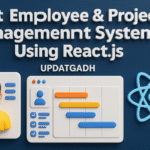
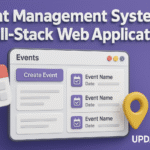
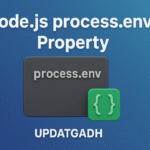



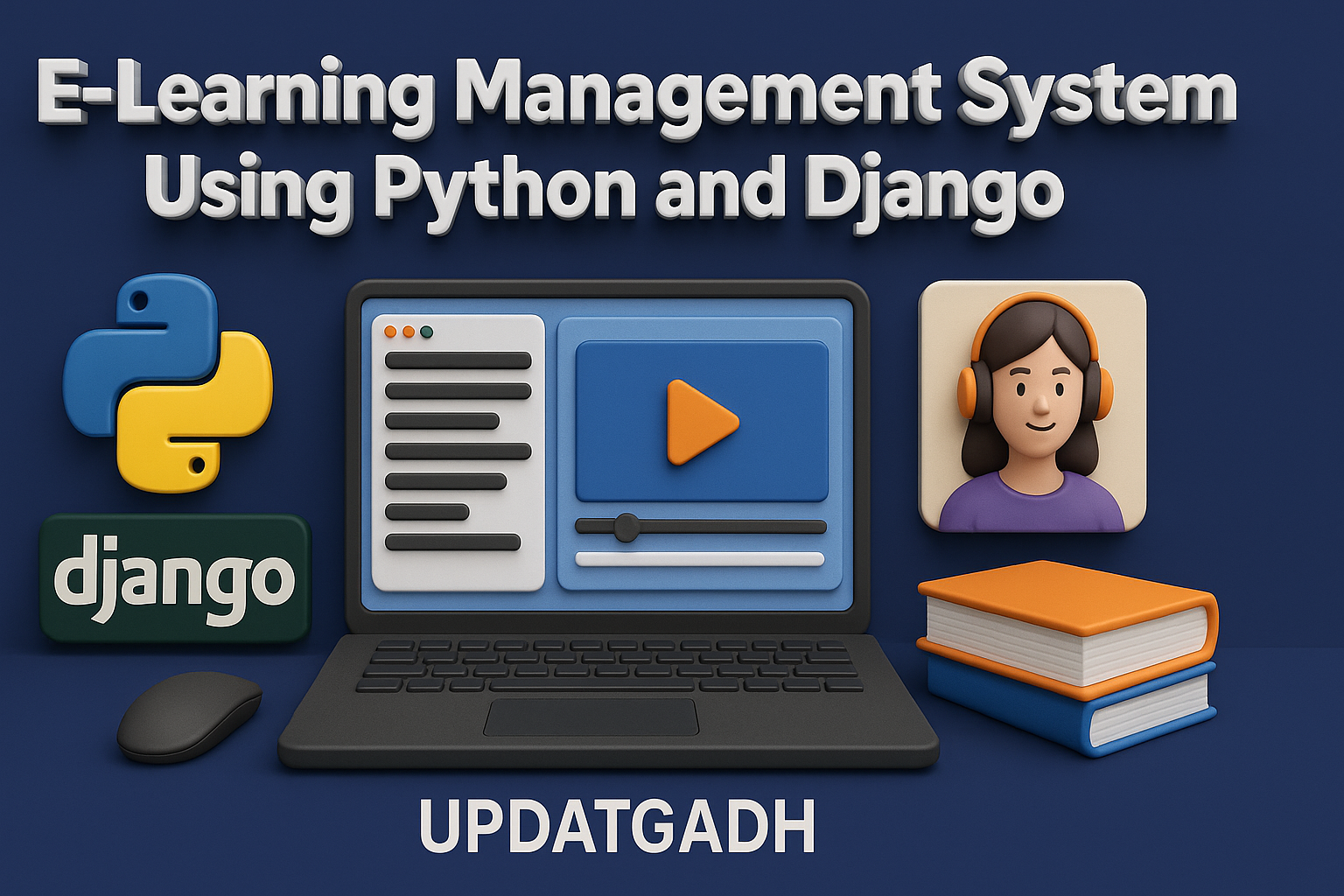
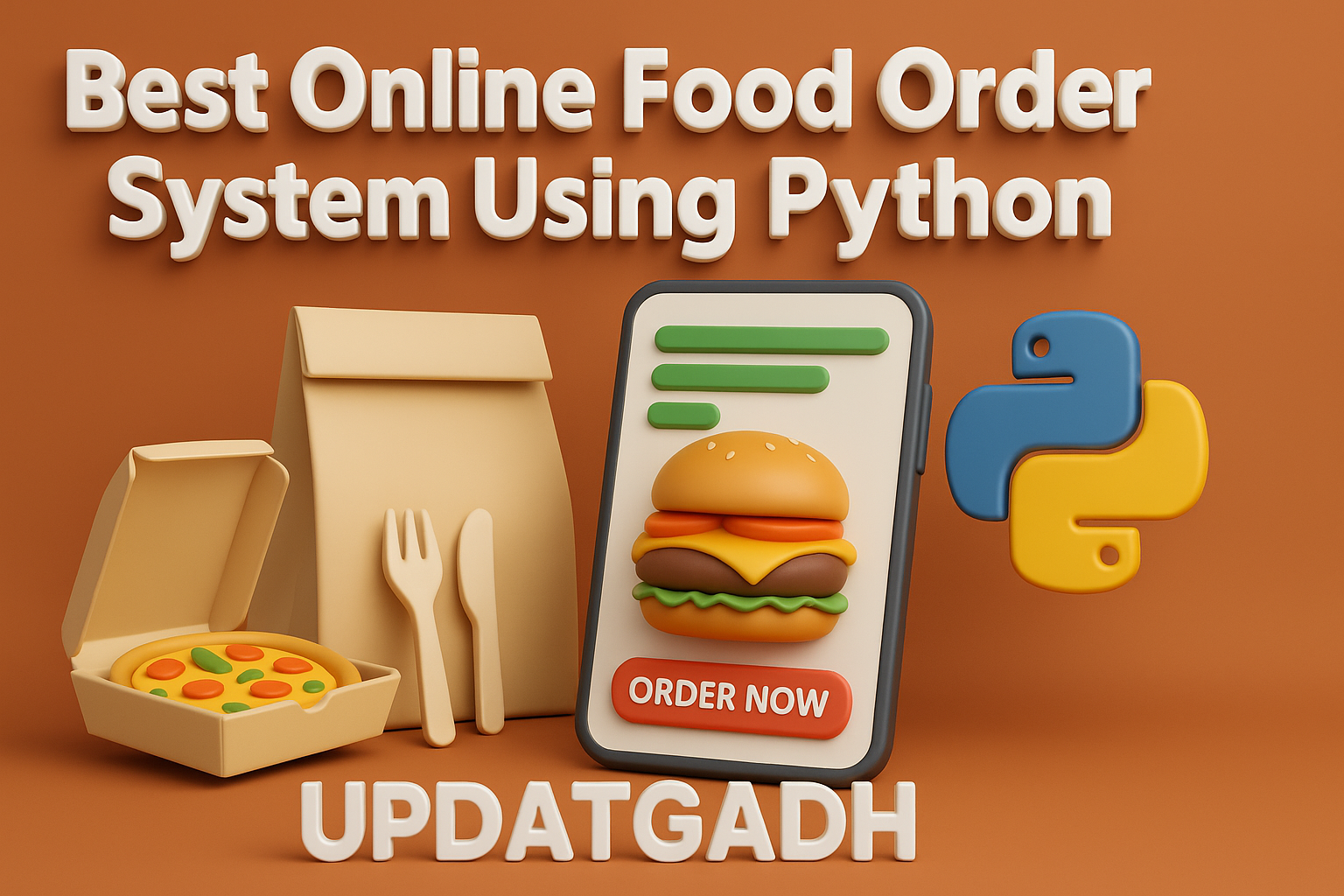
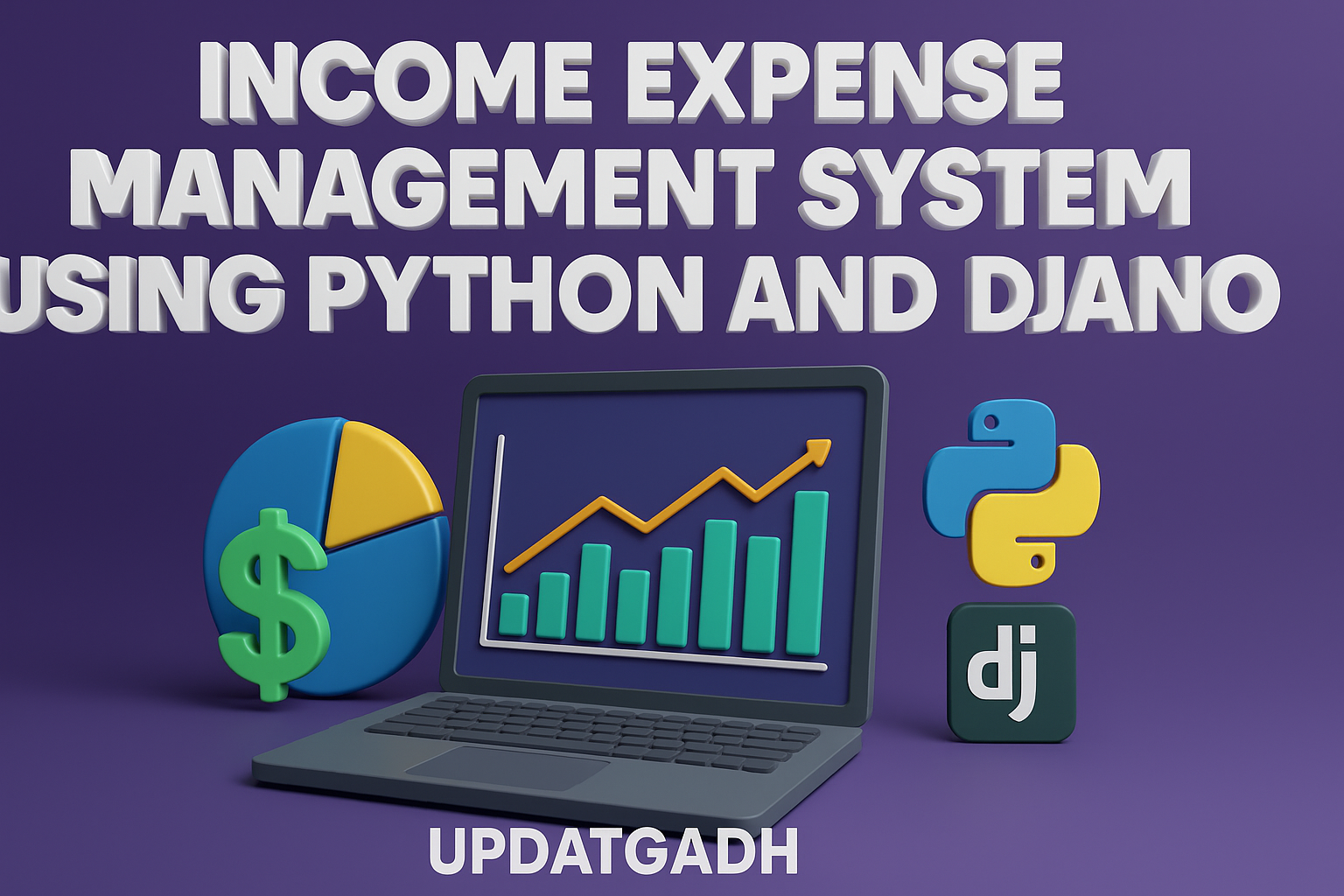
Post Comment